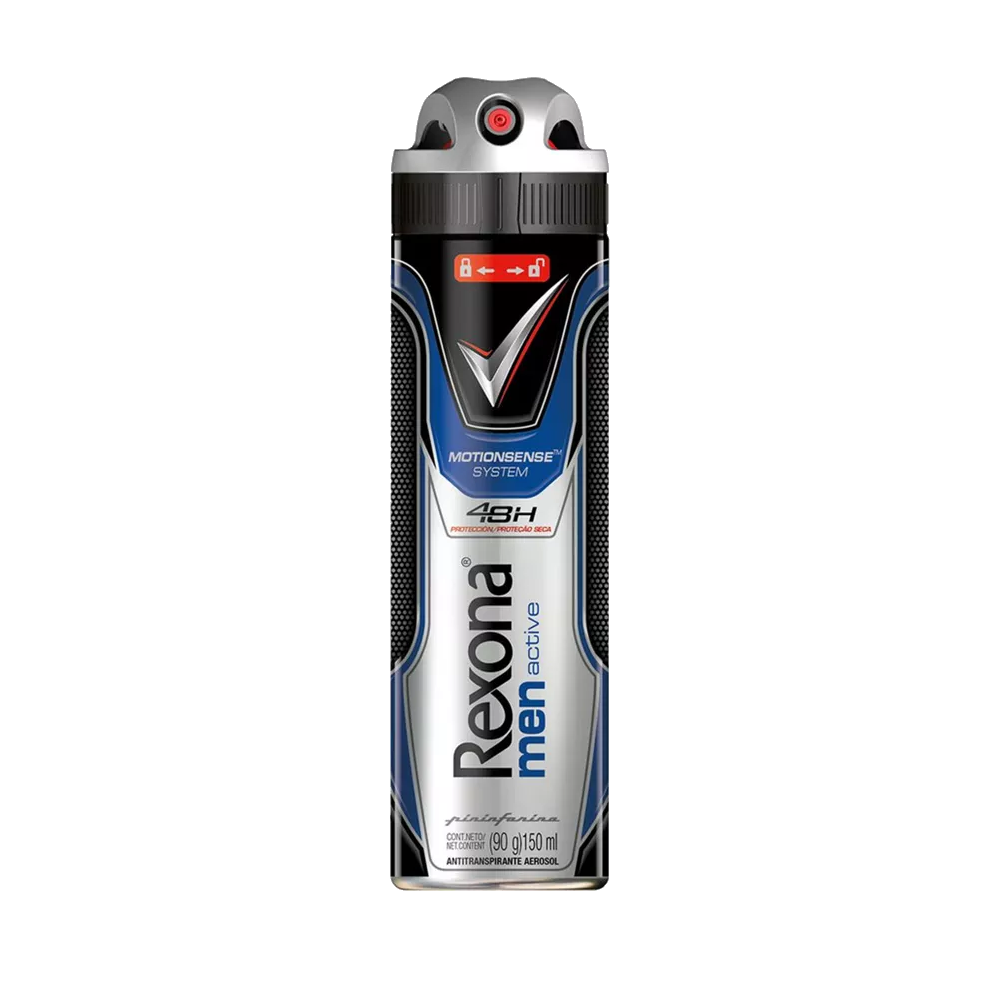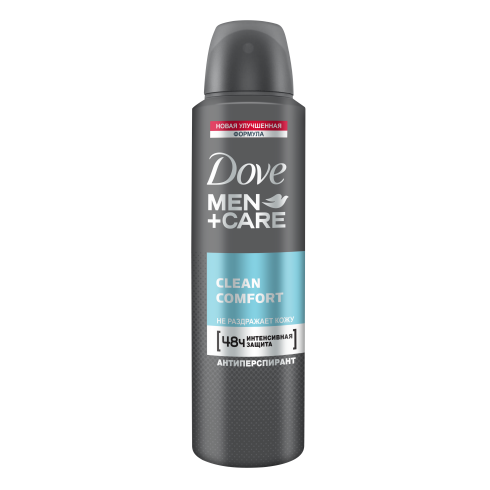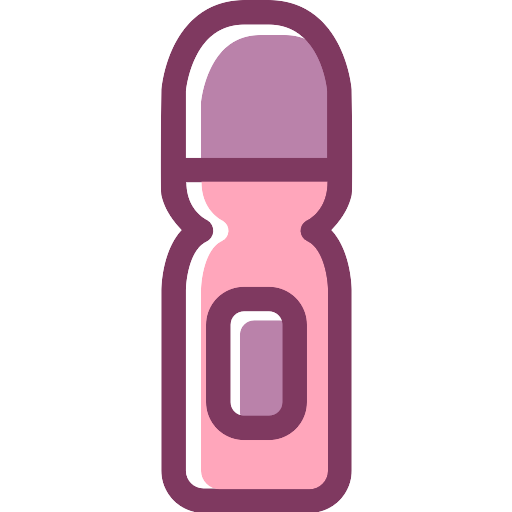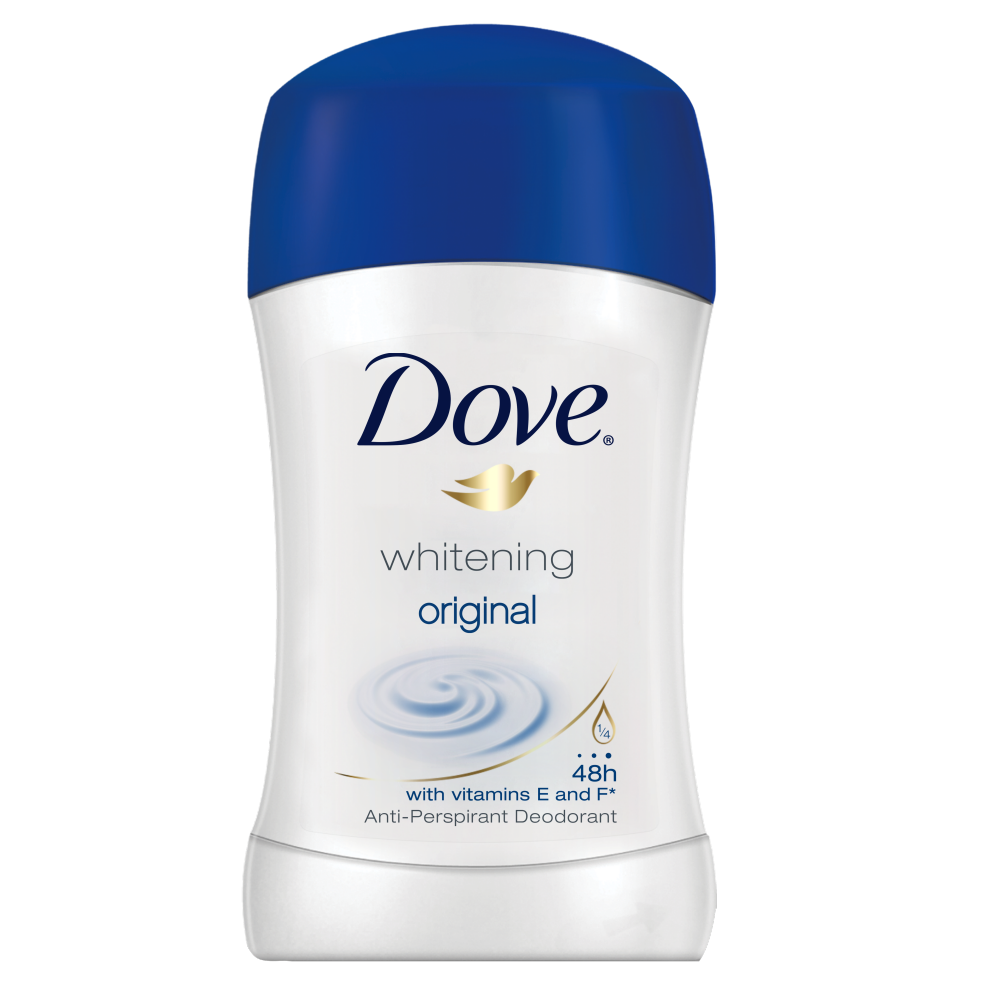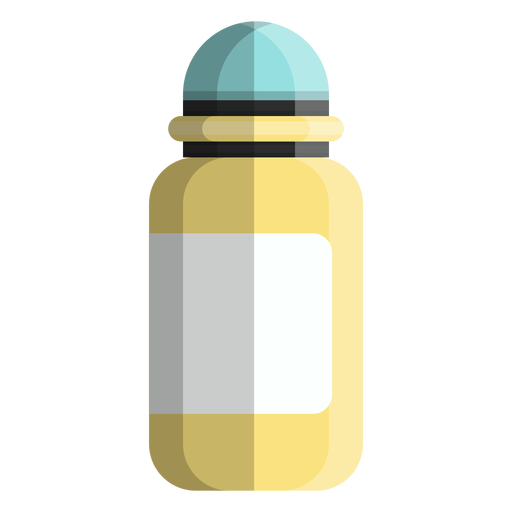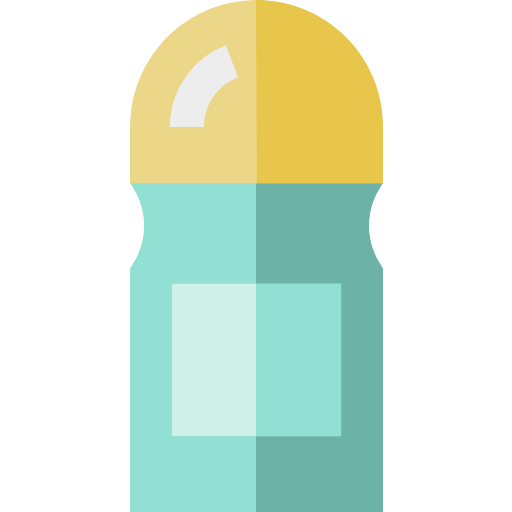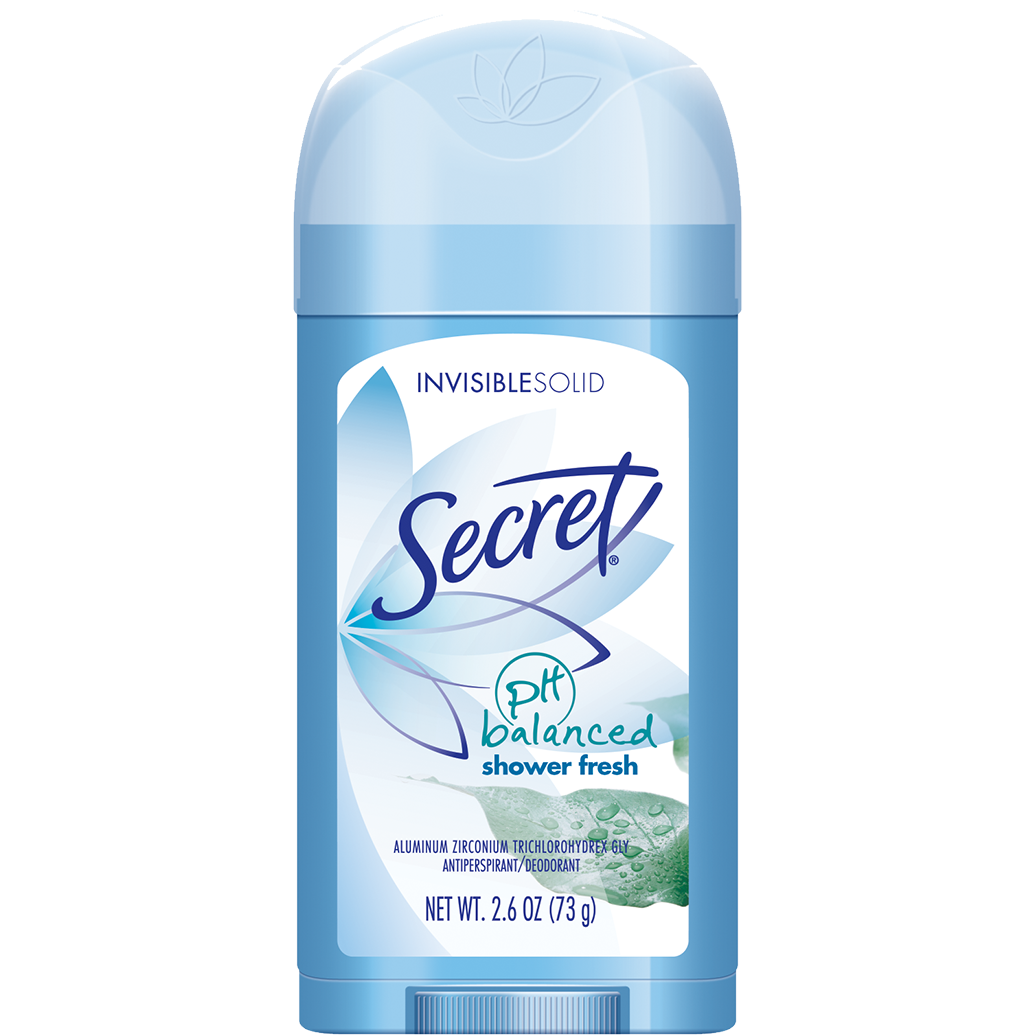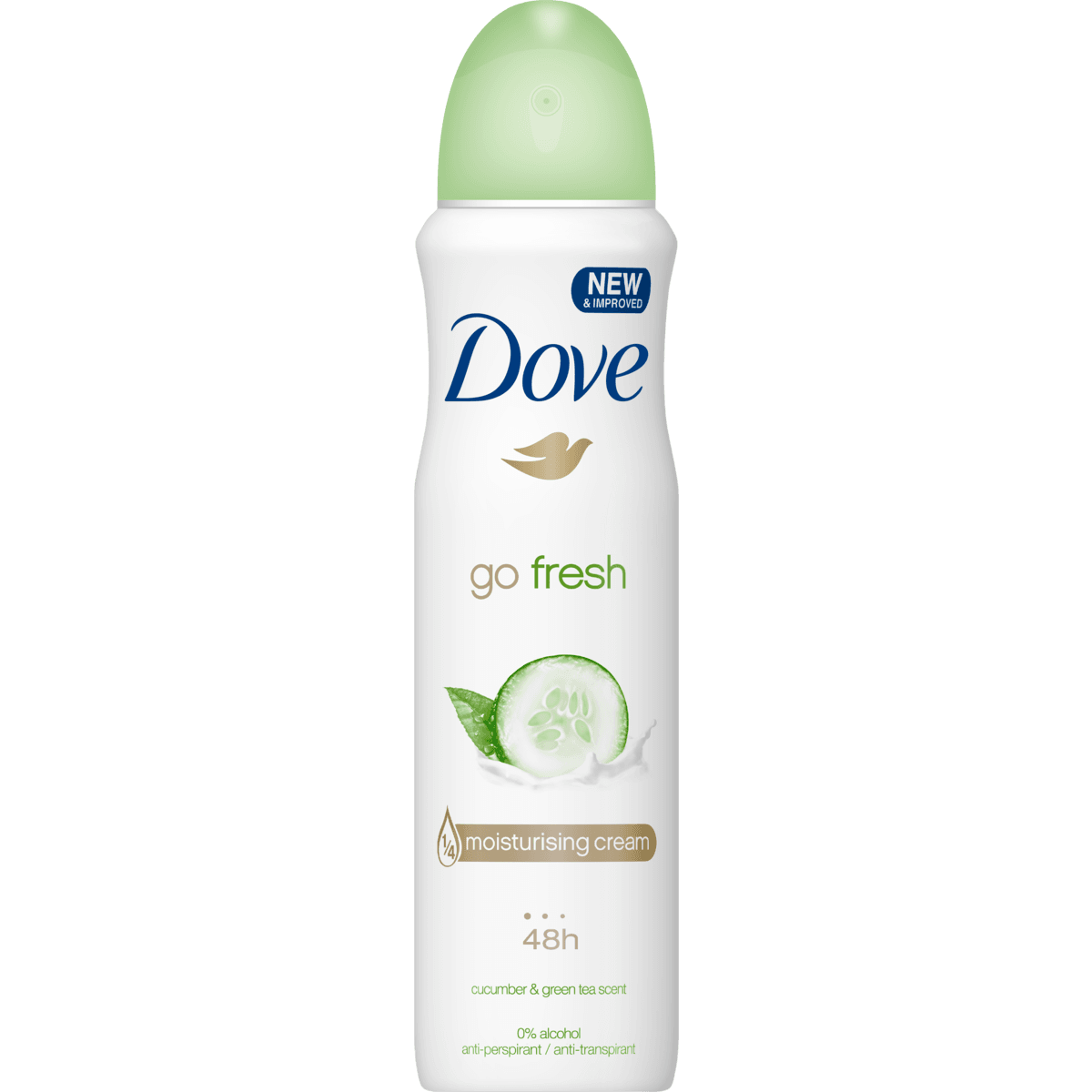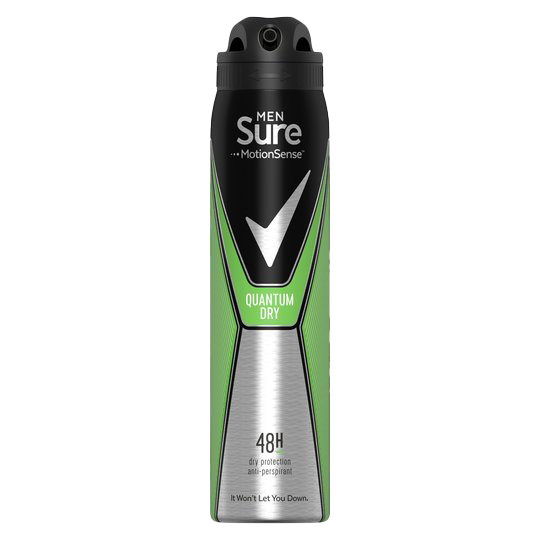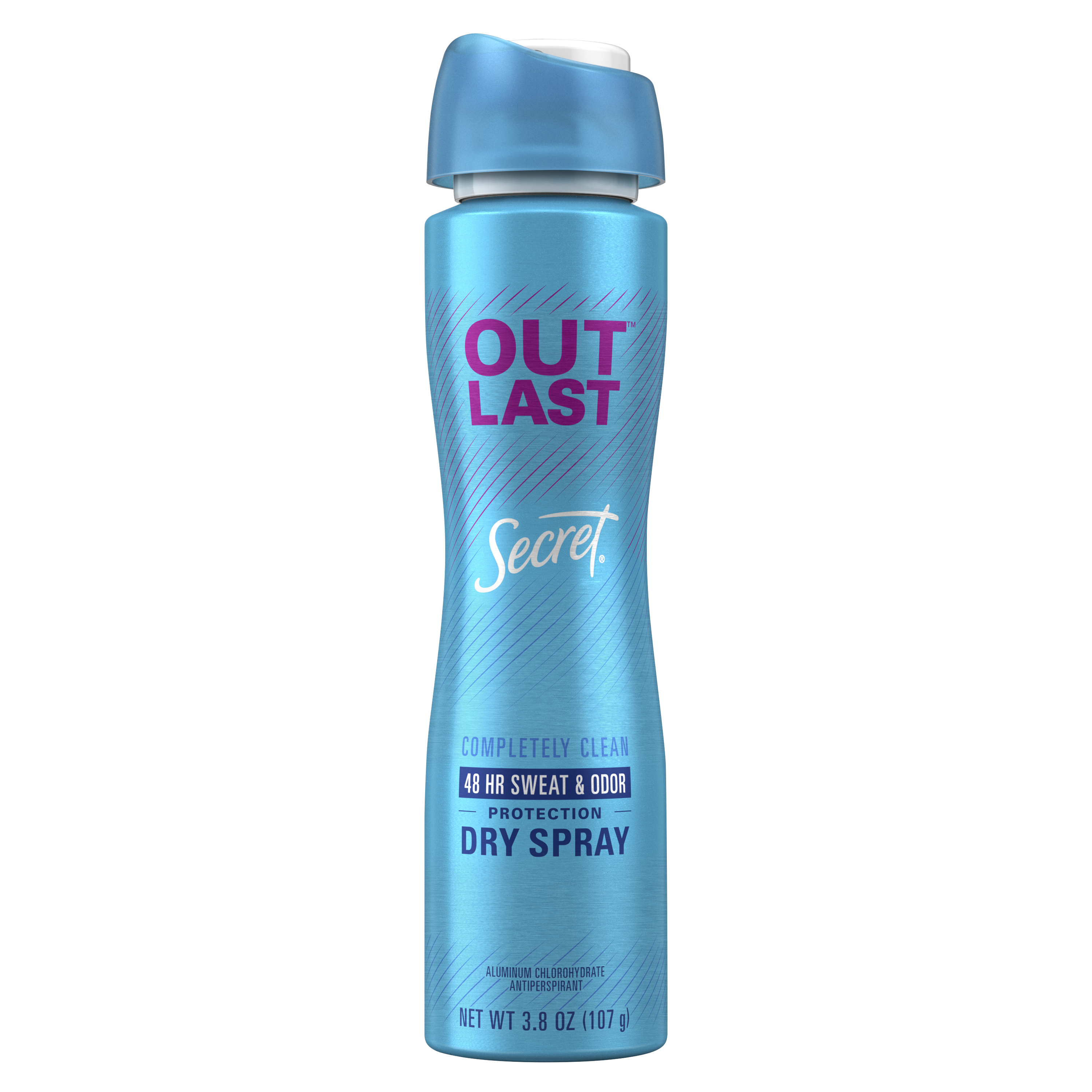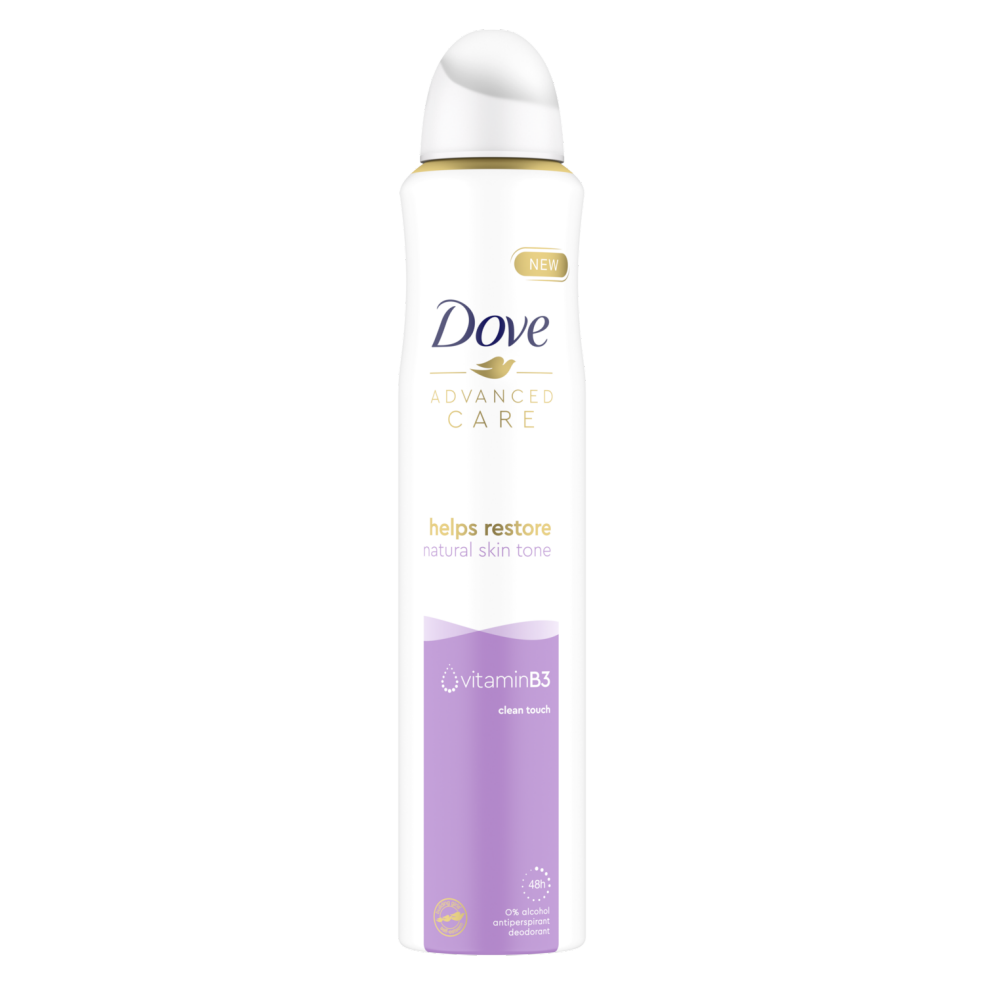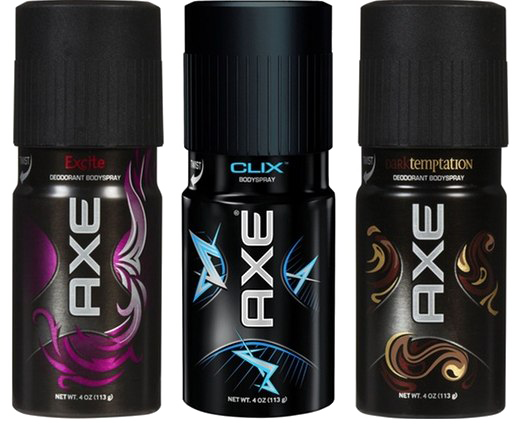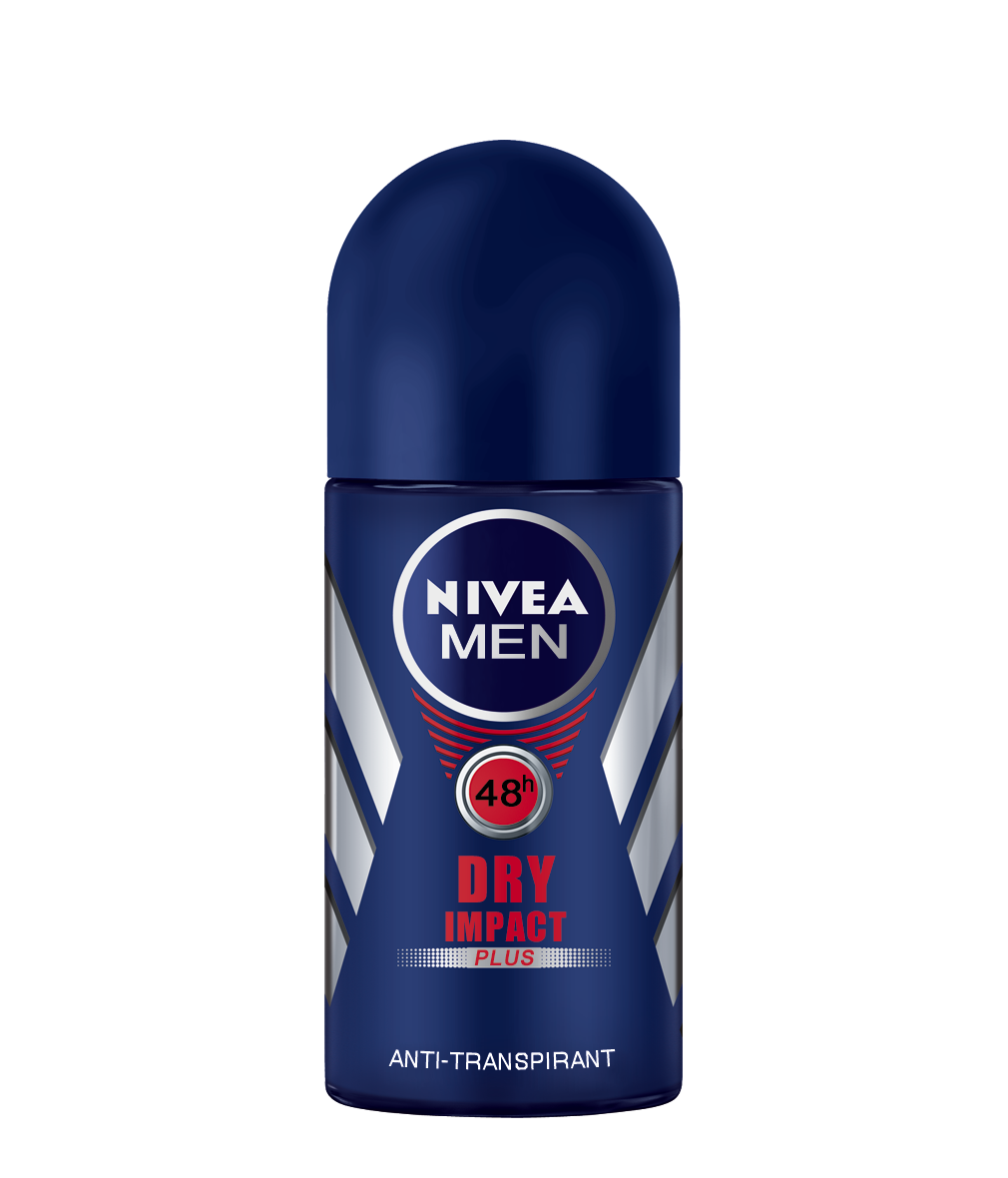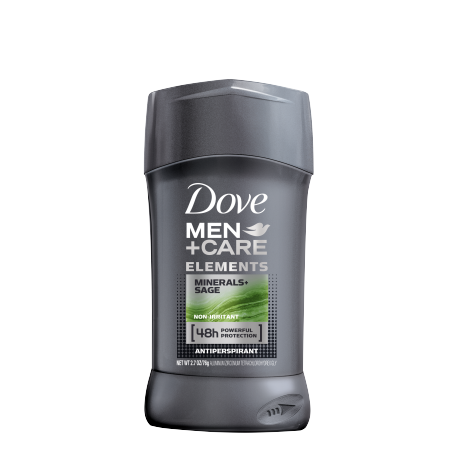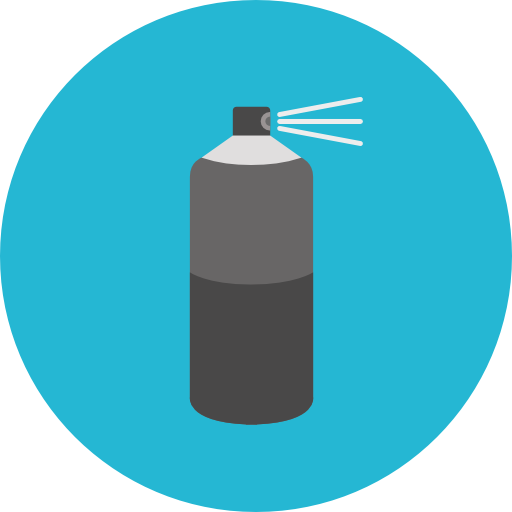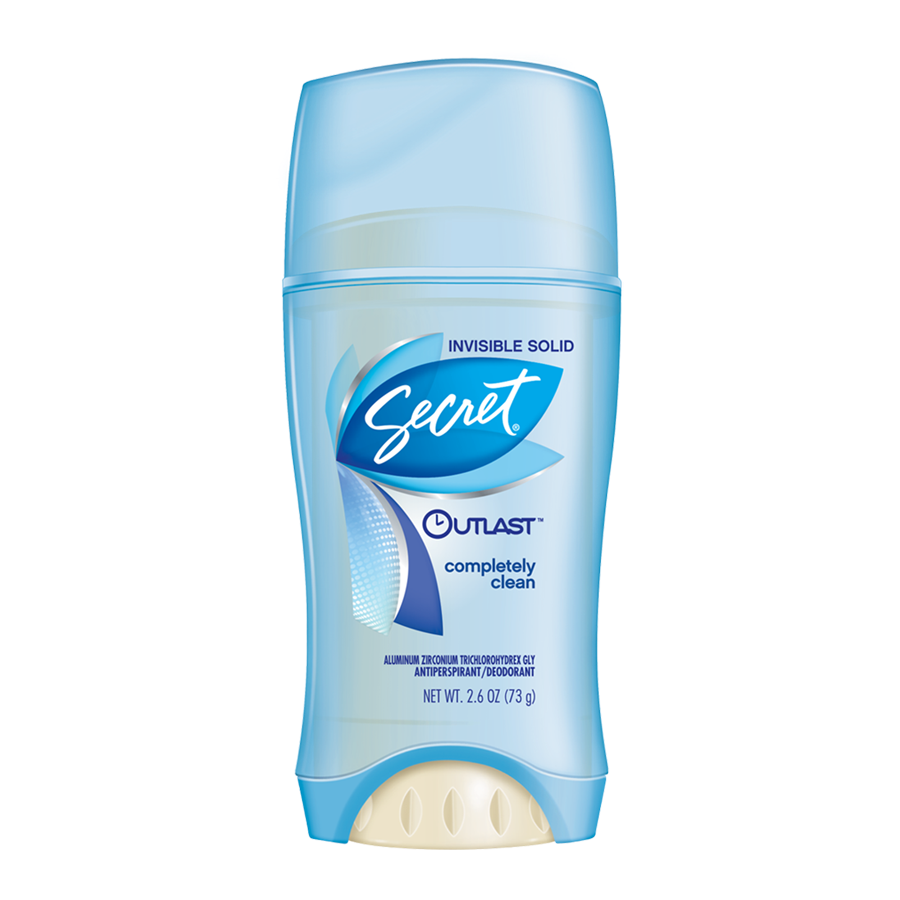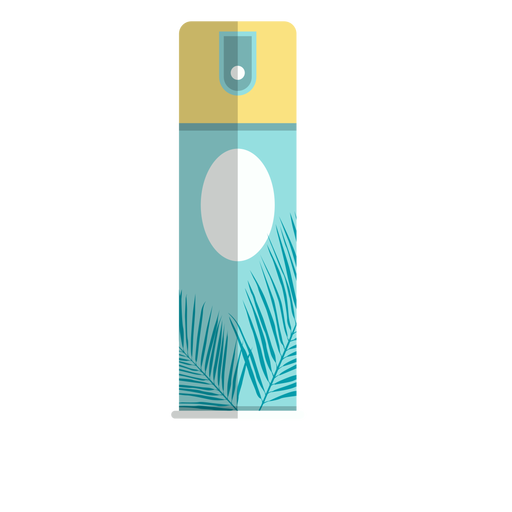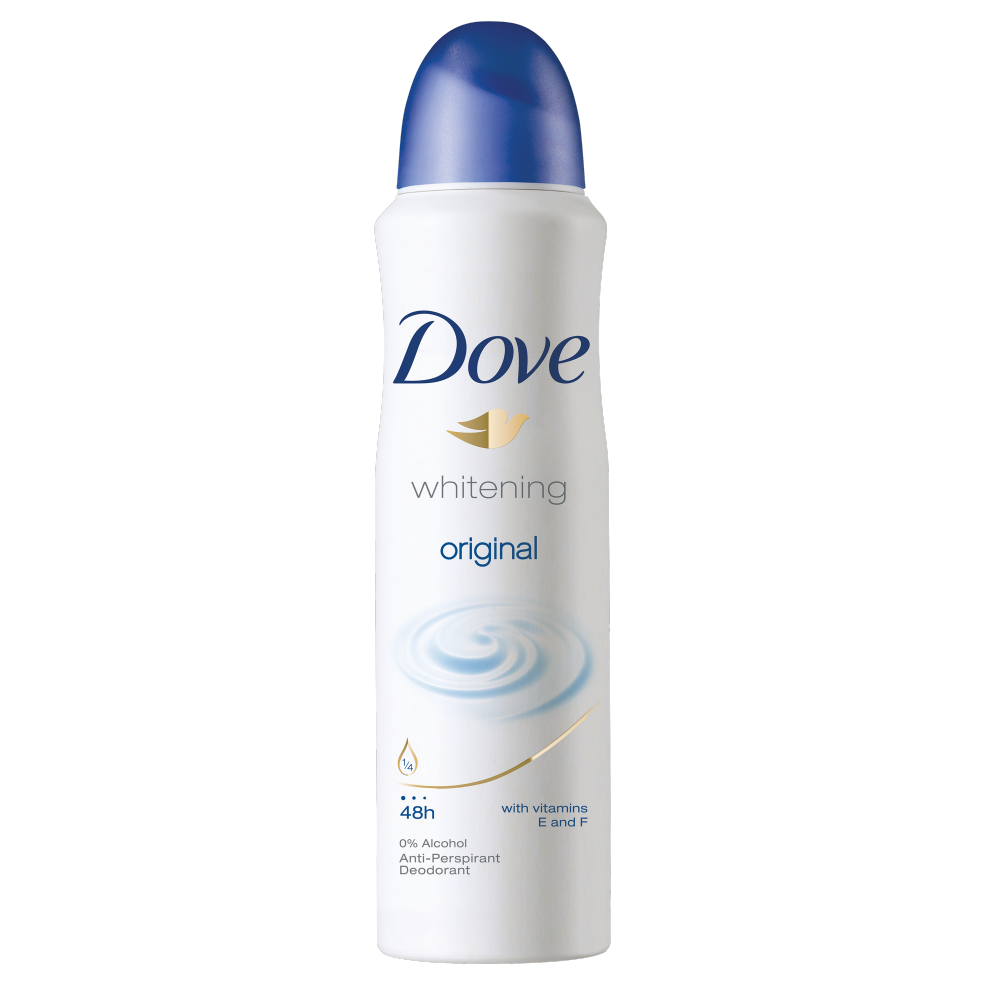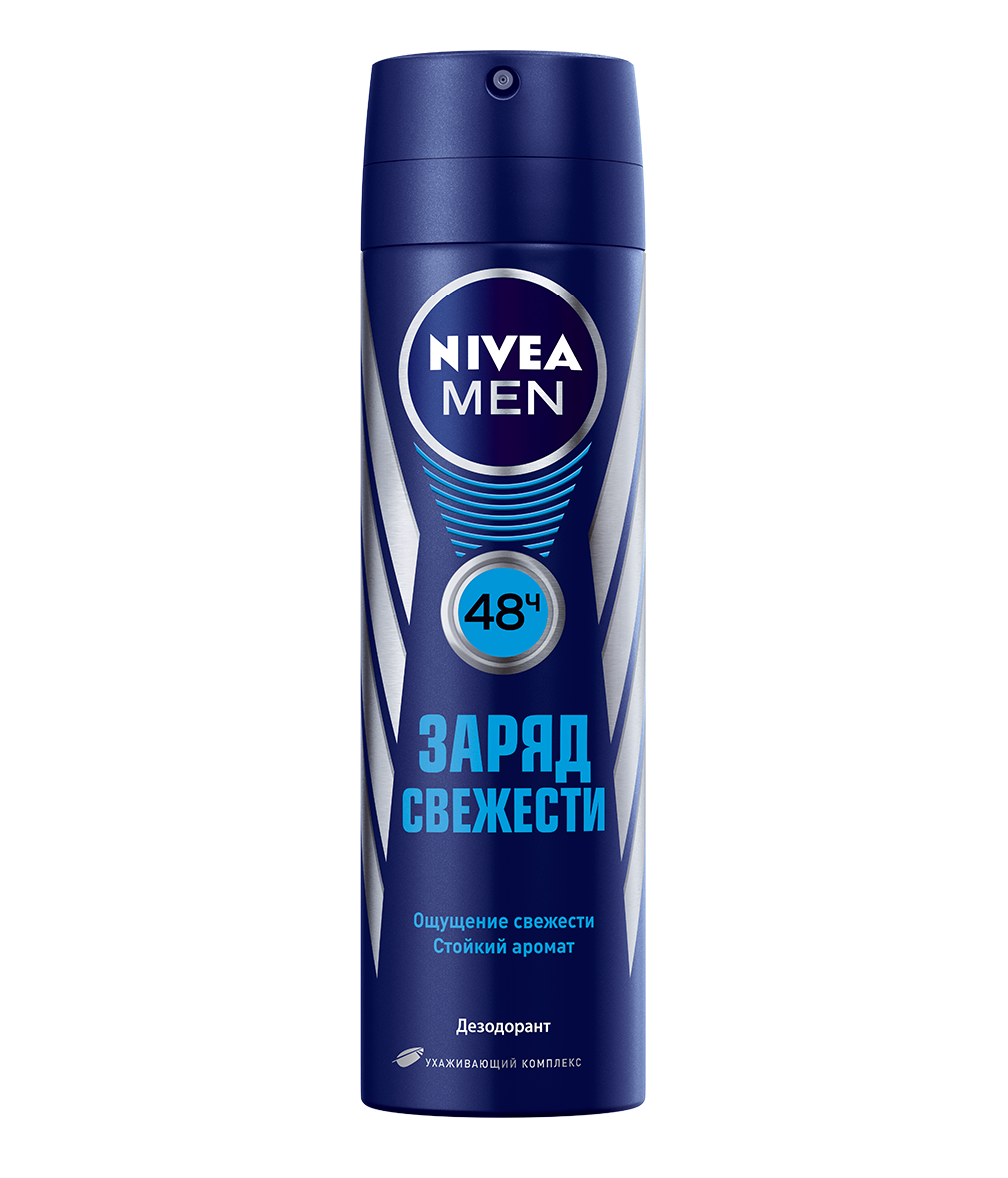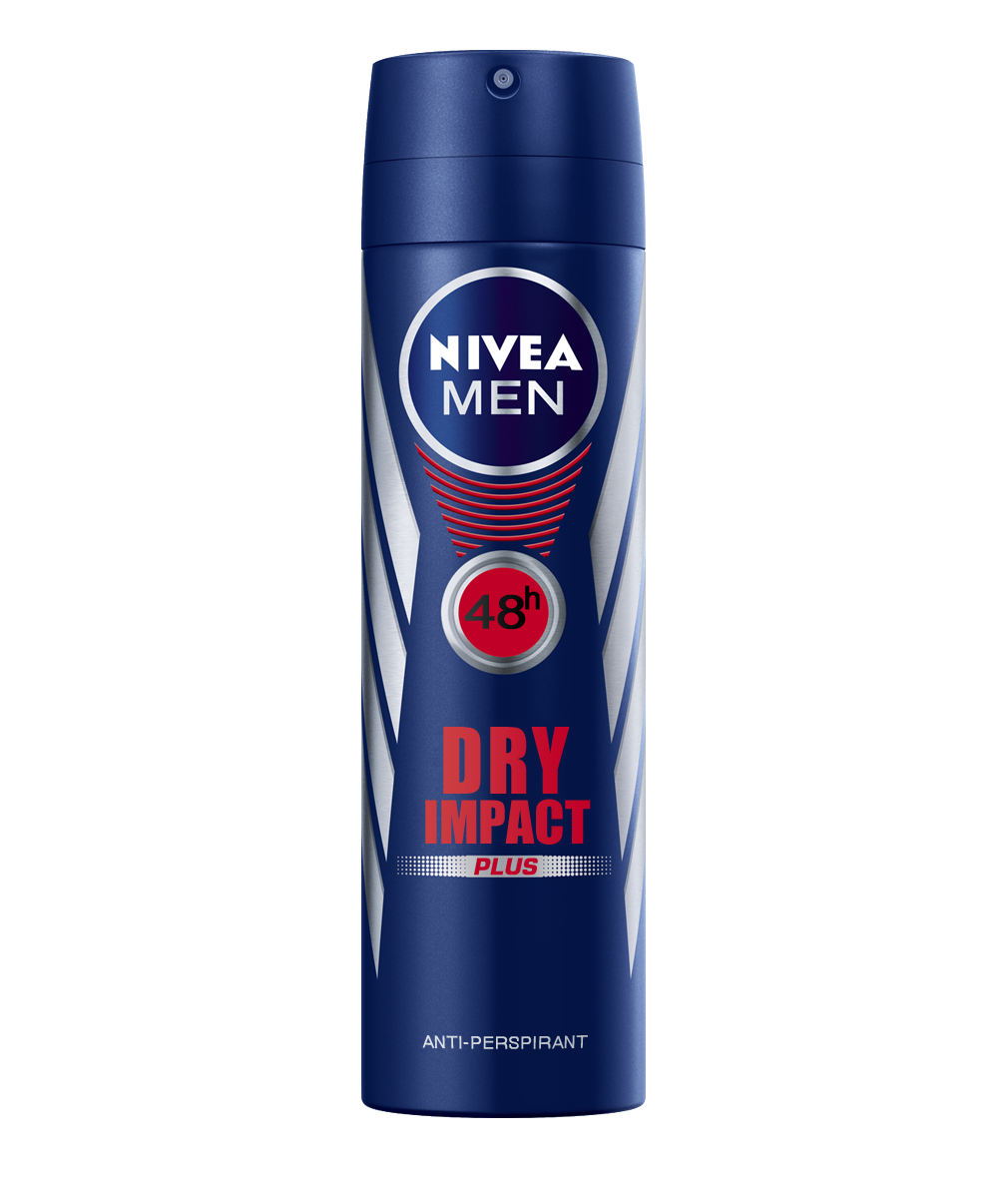Download top and best high-quality free Deodorant PNG Transparent Images backgrounds available in various sizes. To view the full PNG size resolution click on any of the below image thumbnail.
License Info: Creative Commons 4.0 BY-NC
A deodorant is a substance that is applied to the body to prevent or mask odor caused by bacteria breaking down sweat in the armpits, groin, and feet, as well as vaginal secretions in some situations. Antiperspirants are a type of deodorant that works by inhibiting sweat glands to prevent perspiration.
Antiperspirants are applied to a broader variety of body areas, as well as any other location where perspiration might be uncomfortable or dangerous, because excessive sweating can interfere with comfort, eyesight, and grip (due to slipping). Other forms of deodorant enable sweating but inhibit bacterial activity on perspiration, because human sweat only smells when bacteria degrade it.
Most deodorants are classified as cosmetics by the Food and Drug Administration in the United States, while antiperspirants are classified as over-the-counter medications.
Mum, the first commercial deodorant, was invented and patented by Edna Murphey, an inventor from Philadelphia, Pennsylvania, in the late 1800s. In the United States, the product was briefly taken off the market. Jules Montenier invented the current antiperspirant composition on January 28, 1941.
This compound was initially discovered in the “Stopette” deodorant spray, which was dubbed “the best-selling deodorant of the early 1950s” by Time magazine.
The use of aluminum-based deodorants has been connected to breast cancer in the past, although research has yet to substantiate this.
Sweat is produced by two types of sweat glands in the human body: eccrine sweat glands that cover much of the skin and produce watery, odorless sweat, and apocrine sweat glands in the armpits and groin that produce an oily “heavy” sweat containing a proportion of waste proteins, fatty acids, and carbohydrates that can be metabolized by bacteria to produce compounds that cause body odor. In addition, the vaginal secretions are not sweat, although they might be unpleasant and can be disguised using deodorants.
Human sweat, in general, is odorless until microorganisms that thrive in hot, humid settings ferment its organic components. Sweat glands readily provide moisture containing a fraction of organic matter, which when excreted has a vital cooling effect. The human underarm is one of the most consistently warm areas on the surface of the human body, and sweat glands readily provide moisture containing a fraction of organic matter, which when excreted has a vital cooling effect.
The skin loses its protective acid mantle (pH 4.5″6) when adult armpits are cleaned with alkaline pH soap, elevating the skin pH and breaking the skin barrier. Many bacteria have evolved to live in the slightly alkaline environment of the human body, so they can thrive in this higher pH environment. This renders the skin more sensitive to bacterial colonization than usual.
Bacteria on the skin feed on waste proteins and fatty acids in sweat from the apocrine glands, as well as dead skin and hair cells, producing trans-3-methyl-2-hexenoic acid, which is the major source of body odor.
Underarm hair helps to keep the skin dry enough to avoid or reduce bacterial colonization by wicking moisture away from the skin. Bacterial odor is reduced since the hair is less prone to bacterial development. The apocrine sweat glands are dormant until adolescence, which is why body odor is commonly noticed until then.
Deodorant products function in one of two ways: they either prevent perspiration from forming or they let sweat to form but prevent bacteria from decomposing it on the skin.
Download Deodorant PNG images transparent gallery.
- Deodorant PNG Image File
Resolution: 1000 × 1000
Size: 256 KB
Image Format: .png
Download
- Deodorant PNG Image HD
Resolution: 490 × 490
Size: 61 KB
Image Format: .png
Download
- Deodorant PNG Image
Resolution: 512 × 512
Size: 14 KB
Image Format: .png
Download
- Deodorant PNG Images HD
Resolution: 985 × 985
Size: 404 KB
Image Format: .png
Download
- Deodorant PNG Images
Resolution: 512 × 512
Size: 23 KB
Image Format: .png
Download
- Deodorant PNG Photo
Resolution: 512 × 512
Size: 8 KB
Image Format: .png
Download
- Deodorant PNG Photos
Resolution: 1035 × 1035
Size: 490 KB
Image Format: .png
Download
- Deodorant PNG Pic
Resolution: 1200 × 1200
Size: 149 KB
Image Format: .png
Download
- Deodorant PNG Picture
Resolution: 540 × 540
Size: 93 KB
Image Format: .png
Download
- Deodorant PNG
Resolution: 3000 × 3000
Size: 3429 KB
Image Format: .png
Download
- Deodorant Transparent
Resolution: 984 × 985
Size: 103 KB
Image Format: .png
Download
- Deodorant
Resolution: 516 × 429
Size: 241 KB
Image Format: .png
Download
- Deodorant Background PNG
Resolution: 1010 × 1180
Size: 246 KB
Image Format: .png
Download
- Deodorant No Background
Resolution: 460 × 460
Size: 98 KB
Image Format: .png
Download
- Deodorant PNG Background
Resolution: 512 × 512
Size: 13 KB
Image Format: .png
Download
- Deodorant PNG Clipart
Resolution: 900 × 900
Size: 290 KB
Image Format: .png
Download
- Deodorant PNG Cutout
Resolution: 512 × 512
Size: 43 KB
Image Format: .png
Download
- Deodorant PNG File
Resolution: 985 × 985
Size: 272 KB
Image Format: .png
Download
- Deodorant PNG Free Image
Resolution: 1010 × 1180
Size: 509 KB
Image Format: .png
Download
- Deodorant PNG HD Image
Resolution: 1010 × 1180
Size: 422 KB
Image Format: .png
Download
